Stay informed on education advocacy. Explore updates, insights, and resources to support policies that empower educators and students.
Those who eat, breathe, and sleep politics in Texas know that January 12th is an important day. This is the day that the 87th Texas Legislature will begin their work and all of the various groups that engage in the act of persuading the legislature to adopt their legislative priorities kick into high gear as well. As the Director of Government Relations for TCEA, I have the privilege of representing more than 57,000 educators’ interests at the Texas Capitol.
I know not all of our members are from Texas, but the vast majority are. And even if you aren’t living in Texas, but you are an ed tech enthusiast, rest assured that our efforts in Texas play an important role in influencing what happens in other states, just as other states’ laws and policies influence Texas. The U.S. Constitution has established that education policy is delegated to the states. The only reason the U.S. government has any influence over public schools is that they provide some financial support for educating our children. If states want the money, they must follow the federal guidelines. However, the vast majority of education decisions are made at the state level.
Our Legislative Priorities
Every two years, the TCEA Board of Directors establishes the legislative priorities for TCEA. The reason this is done every two years is because the Texas legislature meets for 140 days every two years. That’s right, they only have 140 days every other year to create and pass a budget and any new laws. Our board establishes our legislative priorities that will help guide the association’s actions during the Texas legislative session, but also throughout the rest of the biennium since part of the process includes implementing any new laws that get passed during the session.
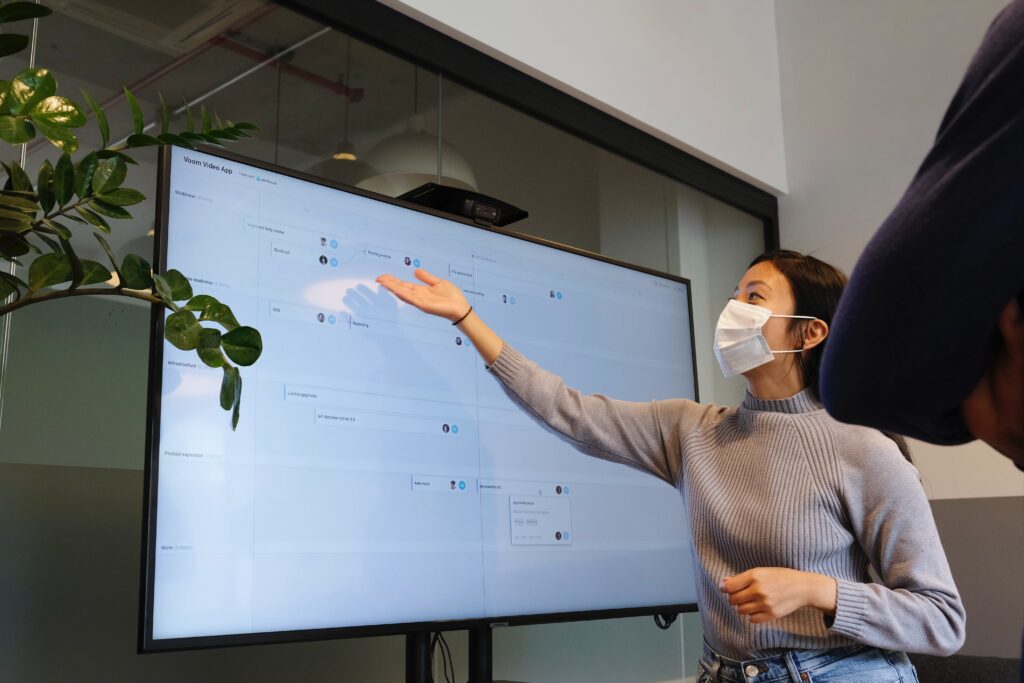
TCEA has been actively monitoring and advocating to remove or diminish the barriers to digital learning for many years. And while the COVID-19 pandemic surely exacerbated and drew more attention to these barriers, the problems themselves have remained the same. Many Texas districts have been working over the years to provide their students with digital resources that enable them to learn anytime and anywhere. The districts who have been moving in this direction through strategic planning, resource allocation, and preparing their personnel for the shift from print to digital were far more prepared to be able to make the necessary adjustments during the pandemic. Those who had not have struggled. Part of their struggle was due to circumstances beyond their control, but with planning and preparation, many of these obstacles can be overcome. After review, the board has made the following recommendations for the upcoming legislative session.
Broadband Access
COVID has made it obvious to all that many Texas students do not have adequate access at home. This was a barrier even before the pandemic, but the pandemic has highlighted the inequities that these families face. Broadband is not a luxury anymore. It is as much a necessity as basic electrical service. Without broadband, many students and some teachers have not been able to access the remote learning opportunities that many other Texas students have utilized to continue learning from home. It is important to note that these students who do not have access at home need this access even when they are able to go to school. Anytime, anywhere learning relies on access to resources regardless if the student is at home or at school. It is imperative that Texas provide the leadership that is necessary to solve the disparities in broadband access across the state.
Recommendations to address the barriers for affordable and scalable broadband:
- Establish an office to coordinate the efforts to provide broadband access to all Texans.
- Create a broadband plan that will guide the efforts of local and state agencies as they strive to provide affordable and scalable broadband for both rural and urban areas of the state.
- Improve the accuracy of the broadband mapping data by requiring a process to verify this data.
- Determine how to fund the installation of this vital infrastructure.
- Include broadband infrastructure projects in the list of eligible projects for public private partnership funding.
- Ensure that cities have the ability to provide this service if it is the best solution for their citizens.
Technology and Instructional Materials Allotment
The TIMA is intended to be a dual-purpose fund to support the purchase of instructional materials and technology. However, districts have very little discretion on how to use the TIMA due to the size of the textbook proclamations and the sharp increase in the cost of instructional materials.

In a recent survey conducted by TCEA, 50% of the districts that responded indicated they rarely, if ever, used the TIMA for technology. The respondents said that the cost of instructional materials increased in direct correlation to the size of the allotment, leaving little, if no money for technology equipment, support, or professional development. They also indicated that if there are remaining funds in the TIMA at the end of a biennium, instead of using those funds for technology, those funds are saved for the next biennium’s proclamations.
Most districts do not view the TIMA as a source for technology funding. According to our survey, 61% of the districts rarely, if ever, include technology personnel in the discussions on the use of the TIMA. Therefore, it is obvious that the TIMA is not effective in providing funding for both instructional materials and technology under its current structure.
Recommendations to address the barriers preventing the TIMA from functioning as planned:
- Remove the requirement to purchase all instructional materials before a district can purchase technology.
- Require TEA to provide more assistance in helping districts learn how to leverage this allotment to align their goals with the state’s Long Range Plan for Technology.
- Require the SBOE to limit the size of the proclamations to no more than 75% of the expected distribution as stipulated in HB 663 in the 86th Legislature.
- Stipulate that a certain percentage of the TIMA be used by districts for technology purchases. This could be determined by the legislature or the commissioner.
Next week, we’ll explore more of TCEA’s legislative priorities, focusing on digital learning.










 We had some huge wins in the area of computer science and computational thinking this session. Our six-year goal of providing weighted funding for the 9-12 Technology Application courses has finally been achieved. In HB 3, the school finance legislation, the weighted funding for CTE was changed from grades nine through twelve to grades seven through twelve. In addition, the
We had some huge wins in the area of computer science and computational thinking this session. Our six-year goal of providing weighted funding for the 9-12 Technology Application courses has finally been achieved. In HB 3, the school finance legislation, the weighted funding for CTE was changed from grades nine through twelve to grades seven through twelve. In addition, the  There are two pieces of legislation that are going to impact educational broadband. The first is HB 1960 which creates a Governor’s Broadband Council that will advise the governor on issues related to broadband access to unserved areas. This is progress, but not as much as we hoped for. There are few, if any, areas of Texas that are unserved. The original bill included underserved areas, but heavy lobbying by the large telecommunication companies eliminated that language from the bill. However, we consider this progress because we finally have some entity at the state level that will look at the state’s needs for broadband from a strategic perspective. For too long, all state entities have tried to provide affordable, scalable broadband for their own purposes when it would be much more cost efficient to survey the needs across agencies and entities and design a plan to meet all the needs. HB 1960 at least establishes a council that could do this in the future, if given the authority.
There are two pieces of legislation that are going to impact educational broadband. The first is HB 1960 which creates a Governor’s Broadband Council that will advise the governor on issues related to broadband access to unserved areas. This is progress, but not as much as we hoped for. There are few, if any, areas of Texas that are unserved. The original bill included underserved areas, but heavy lobbying by the large telecommunication companies eliminated that language from the bill. However, we consider this progress because we finally have some entity at the state level that will look at the state’s needs for broadband from a strategic perspective. For too long, all state entities have tried to provide affordable, scalable broadband for their own purposes when it would be much more cost efficient to survey the needs across agencies and entities and design a plan to meet all the needs. HB 1960 at least establishes a council that could do this in the future, if given the authority. 
 There are several opportunities in the bills mentioned above that will provide professional development in digital learning. The Blended Learning Grants are largely designed to provide professional development for educators in blended learning, not to mention the funding provided to UTeach to continue to provide this type of training to Texas teachers. Also, this is a good chance to remind districts that the TIMA may be used to provide professional development on the use of technology. In addition to these bills, the legislature passed HB 2424 that requires the SBEC to establish rules to create microcredentials in fields of study related to an educator certification class. This was one of TCEA’s legislative priorities, so we are excited to see this bill pass.
There are several opportunities in the bills mentioned above that will provide professional development in digital learning. The Blended Learning Grants are largely designed to provide professional development for educators in blended learning, not to mention the funding provided to UTeach to continue to provide this type of training to Texas teachers. Also, this is a good chance to remind districts that the TIMA may be used to provide professional development on the use of technology. In addition to these bills, the legislature passed HB 2424 that requires the SBEC to establish rules to create microcredentials in fields of study related to an educator certification class. This was one of TCEA’s legislative priorities, so we are excited to see this bill pass. 
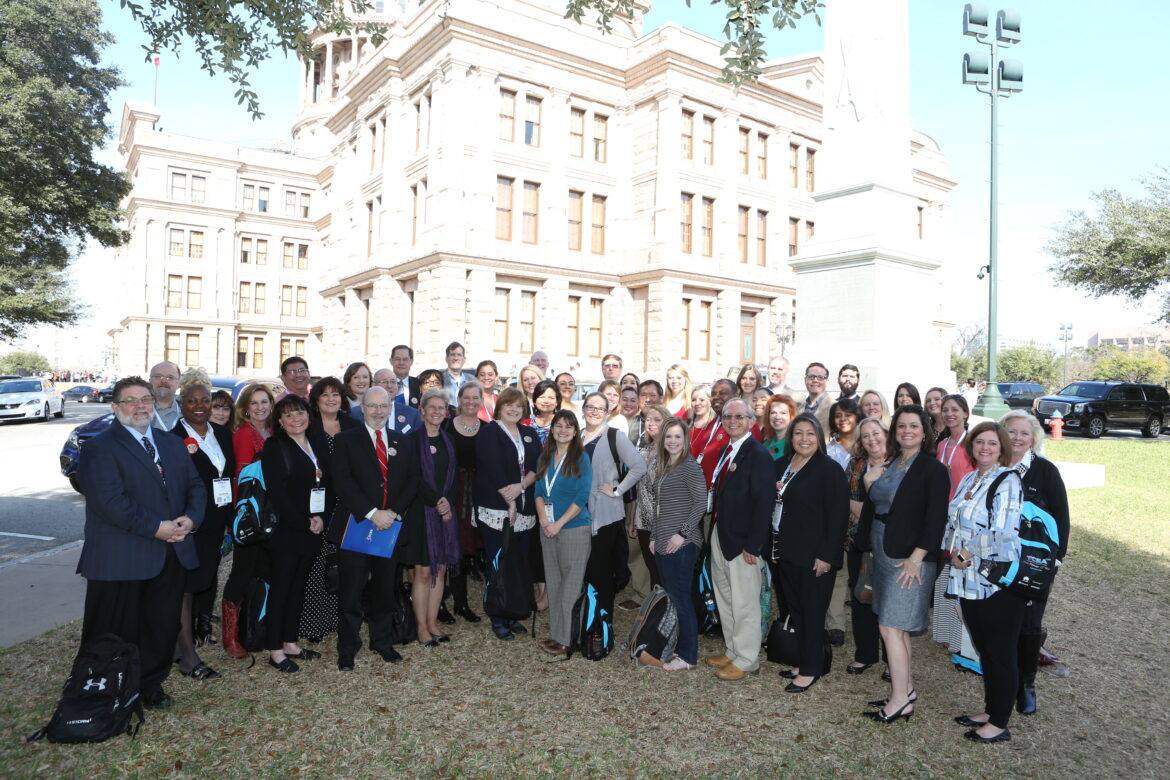
 For many, this is t
For many, this is t having a group of staff members from legislator’s offices discuss what to expect and how to navigate this type of meeting. I promise that, by the end of the two-hour training, everyone will be prepared to advocate for the things they are passionate about! Most people who attend the Ed Tech Day at the Capitol have so mu
having a group of staff members from legislator’s offices discuss what to expect and how to navigate this type of meeting. I promise that, by the end of the two-hour training, everyone will be prepared to advocate for the things they are passionate about! Most people who attend the Ed Tech Day at the Capitol have so mu
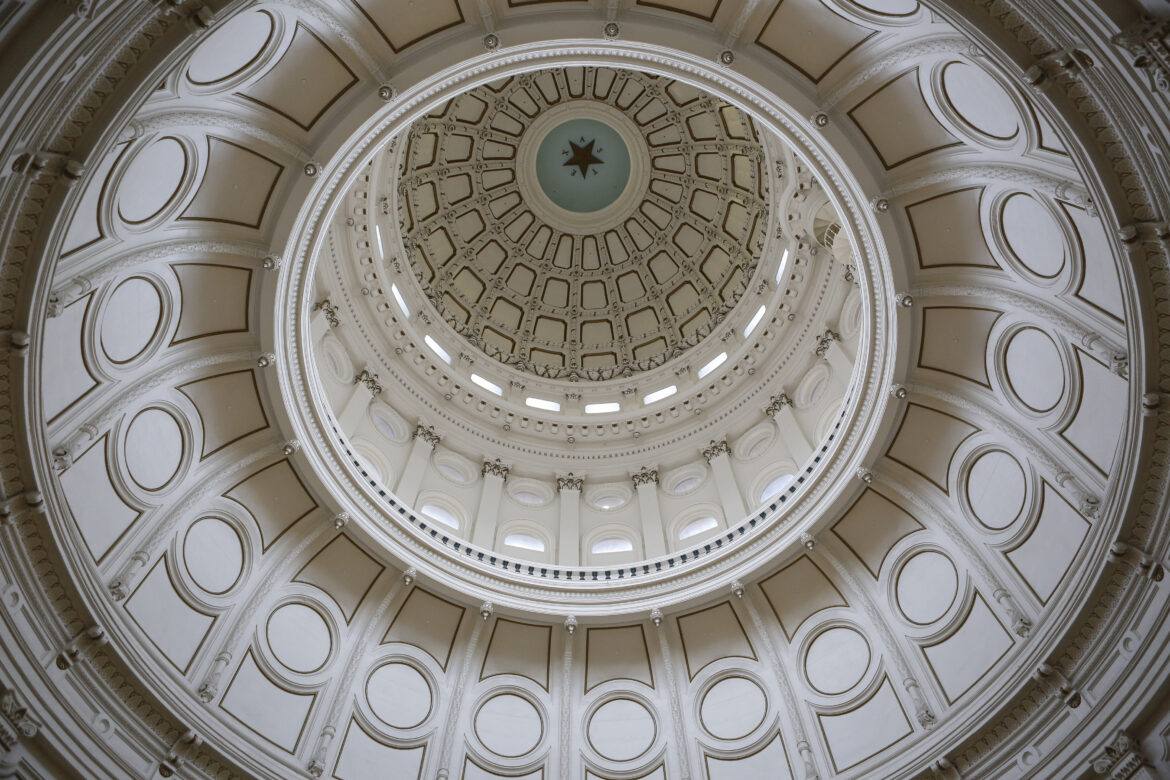
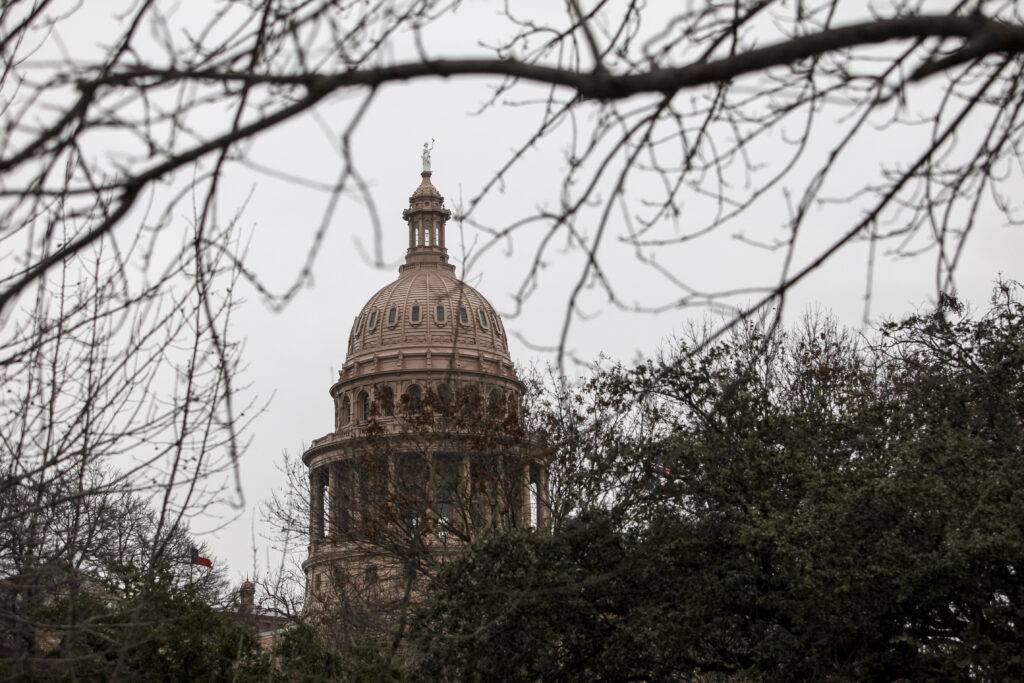
 In order to accomplish the goals established in our priorities, it is imperative that teachers have a supportive environment in which to adapt their teaching strategies to take advantage of empowering technologies. Teachers recognize the benefits of the use of technology, but don’t always know how and when to use the different technologies that are available. This is why TCEA believes strongly that teachers need ongoing, job-embedded professional learning opportunities that empower them to use appropriate
In order to accomplish the goals established in our priorities, it is imperative that teachers have a supportive environment in which to adapt their teaching strategies to take advantage of empowering technologies. Teachers recognize the benefits of the use of technology, but don’t always know how and when to use the different technologies that are available. This is why TCEA believes strongly that teachers need ongoing, job-embedded professional learning opportunities that empower them to use appropriate
 Every student has distinct learning needs, interests, and aspirations. Up until recently, it was extremely difficult to tailor the instructional strategies to meet each student’s needs. Technology can be an enabler of this type of educational model. It allows students to guide their inquiry as they decide how they will interact with the content, including the time and location. This type of learning requires a major shift in the delivery of instruction and involves teacher professional learning, a robust technical infrastructure, the selection of appropriate content, and strong leaders who know how to manage this type of change. Many of the strategies listed above support the goal of personalized learning; however, there are a few that have not yet been addressed.
Every student has distinct learning needs, interests, and aspirations. Up until recently, it was extremely difficult to tailor the instructional strategies to meet each student’s needs. Technology can be an enabler of this type of educational model. It allows students to guide their inquiry as they decide how they will interact with the content, including the time and location. This type of learning requires a major shift in the delivery of instruction and involves teacher professional learning, a robust technical infrastructure, the selection of appropriate content, and strong leaders who know how to manage this type of change. Many of the strategies listed above support the goal of personalized learning; however, there are a few that have not yet been addressed.

 These changes will give more options to districts as they decide which courses they can staff. Many districts offer Computer Science I, Computer Science II, and AP Computer Science A. However, because many districts
These changes will give more options to districts as they decide which courses they can staff. Many districts offer Computer Science I, Computer Science II, and AP Computer Science A. However, because many districts  In addition, the SBOE is requiring publishers who submit digital instructional materials for Proclamation 2019 to complete
In addition, the SBOE is requiring publishers who submit digital instructional materials for Proclamation 2019 to complete 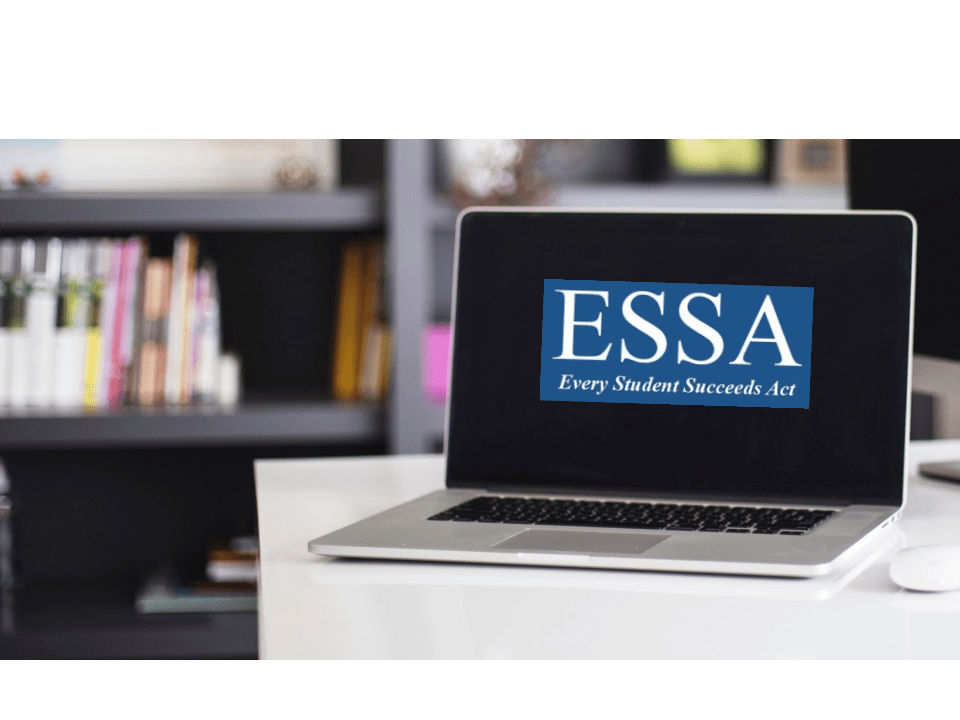



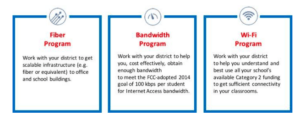
 School districts across the state can benefit from the funding, and a majority of those eligible are in rural areas. We’re continuing to work with schools to make sure they understand how to use the funding to improve Internet access for their students.
School districts across the state can benefit from the funding, and a majority of those eligible are in rural areas. We’re continuing to work with schools to make sure they understand how to use the funding to improve Internet access for their students.